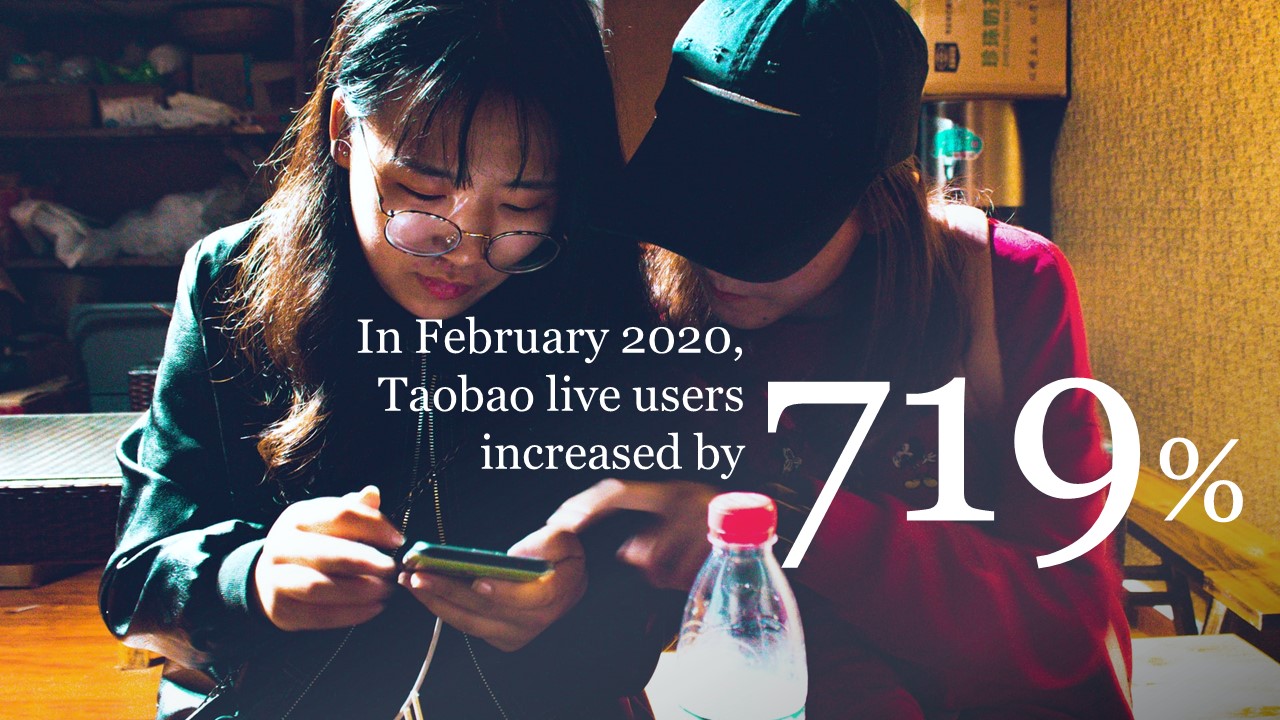29 March 2020
Market insightsSelling by recommending is known as Zhong Cao (种草) in China, to literally “plant grass”. Learn why social selling has become paramount to the export success of brands in China
Originally from Beijing, one of our Consumer Strategists Eva Li shares her wisdom about the changing social media marketing scene in China today and how you can leverage it for growth.
Prefer Mandarin? Check out Rex's home-grown article here.
From 2018 to 2019, “Zhong Cao”, literally meaning "planting grass", was a key phrase for social media marketing in China. It refers to the experience of seeing a product owned by others and immediately wanting it too. The desire therefore "grows just like grass", which is called “Zhang Cao”. And finally, the desire quenched by purchasing is “Ba Cao” – "pulling out the grass".
These terms generally describe the model of the online customer journey in Mainland China. In such cases, brands look for key opinion leaders (KOLs) on Weibo, WeChat, or RED (Xiaohongshu) to post product information on their social media, to “plant grass” to their followers.
If “KOL Zhongcao” is China's social media marketing version 1.0, then the new era is coming - “live streaming shopping” - a way to connect brands and consumers more directly.

"Live stream shopping” began in 2017 and has become increasingly more common during COVID-19. Taobao live users increased by 719% in February. During the live streaming, viewers can interact with the host and other viewers in real time and can jump to the merchandise page to place order directly by clicking a button from the live streaming page.
With the popularisation of “996” working mode – working 9AM to 9PM and 6 days per week, the life rhythm of Chinese consumers is getting faster and faster. Online product information has been changing from purely text to pictures and now short videos. Chinese consumers have gradually become impatient in collecting their own information for comparison when choosing goods, and are more willing to listen to someone they trust to tell themselves what they should buy! It’s no longer enough to “market” just by pictures and words posted from KOLs’ social media channels. Customers like to see those KOLs hosts in front of them showing what they’re using and how they’re using it. That’s why Li Jiaqi attracted 9.2 million followers by merely trying lipsticks on in front of the camera and set the record for selling 15,000 lipsticks within only 5 minutes.
What does this mean for overseas brands?
Sounds like TV shopping - but on the Internet? But in fact, that is not the case.
Live stream shopping is changing the traditional online customer journey now. Previously, after someone is “Zhong Cao” by their friends or KOLs, they would search online for more information, be slowly attracted by the products or brands, and finally decide to buy after comparing the price. Live stream shopping shortens this process. It makes consumers learn about a commodity during the live broadcast and buy it immediately. This new mode of consumption is based on fans’ trust in the hosts. Compared with this, brands are less important, especially those that are less well-known in Chinese market.

Whether it’s KOL “Zhong Cao“ or live stream shopping, it’s an effective way to enhance brand awareness. To maximize the ROI of your marketing budget, you should have a comprehensive brand strategy for Chinese consumers. Be careful, and don’t let an advertising agency give you a plan, but instead, ask consumers for the answer.
Entering the Chinese market does not mean having 1.4 billion potential users. Due to the differences in geography, culture and educational level, Chinese consumers are divided into many different sections. Identifying your market segment and understanding the target audience is the first step towards success.
Secondly, Chinese consumers, especially in first and second-tier cities, are getting more and more sophisticated and have experienced many brands and goods. A brand that's established an emotional link with consumers will always easily stand out among the countless choices. Be clear about your USP, and make sure whether it’s what Chinese consumers want.
When products are literally received, it’s the most direct connection between consumers and the brand. Is the product packaging in line with the aesthetic taste of Chinese consumers? Does it look consistent with the brand positioning? Are there any easy-to-remember signs in Chinese language on it? You also need to determine whether the brand value is accurately communicated to the customer.

It’s hard to predict how long the social media dividend will last in China. But predictably, social media marketing will always be the most efficient way to connect Chinese consumers with overseas brands in terms of the ROI. But as more and more social media platforms launch live stream shopping, consumers’ online attention will be increasingly distracted, which means that both the platform and KOL themselves will cost more to maintain a high flow. Eventually, those costs will be borne by advertisers. Under such a trend, a clear and distinctive brand proposition delivered via KOLs’ endorsement, can attract consumers to focus on the brands, rather than KOLs.
Like this article?
If you'd like to hear more, subscribe to Frame or live chat to the team right here on this page. Why not say hi to Eva on LinkedIn too?





 Tags:
Tags: